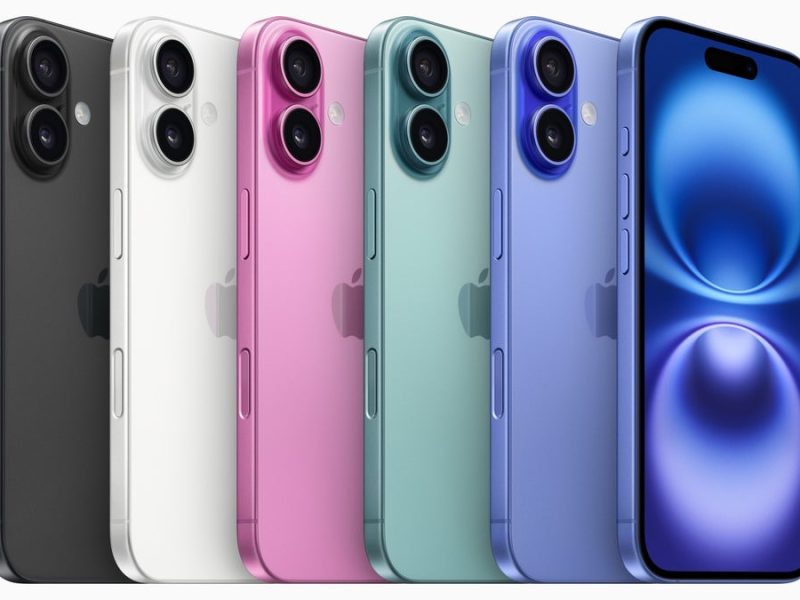A prototype has a lot of benefits, but one of its most important roles is highlighting potential issues. You can then take that feedback and iterate it on the next prototype.
To create a functional prototype, you must understand the dos and don’ts to get the most out of this phase. You can take a few crucial steps to create an easy-to-understand and useful prototype. This will accurately showcase the final product.
Read on to learn more about the do’s and don’ts of creating a functional prototype.
Table of Contents
The Importance of Prototyping
Prototyping plays a crucial role in product development. The goals of prototype development are to validate your concept, gather feedback, and refine your product design. Keep these goals in mind as you progress through the prototyping journey.
Types of Prototypes
There are types of prototypes to consider, each serving a specific purpose. Here are a few common types:
Visual Prototype
This type focuses on the appearance and design of your product. It allows you to assess the aesthetics. It also evaluates the overall user experience without worrying about functionality.
Functional Prototype
A functional prototype aims to prove how your product will work. It may involve using basic electronics or software. This is to simulate key features and functions.
User Experience (UX) Prototype
A UX prototype focuses on the interaction between users and your product. It helps you check usability, user flow, and satisfaction.
Choose the type of prototype that aligns with your goals and stage of product development.
Do’s and Don’ts of Creating a Functional Prototype
Creating a functional prototype requires careful consideration. Here are some do’s and don’ts to guide you:
- Do: Clearly define your objectives for the prototype. Identify the specific features and functionalities you want to test and showcase.
- Do: Research your target market, competitors, and user needs. This knowledge will inform your design decisions. This ensures your prototype designs meet customer expectations.
- Do: Start with simple sketches or digital mockups to visualize your product’s overall form and layout.
- Don’t: Get too caught up in perfecting the aesthetics. The initial prototyping stages focus on functionality and user experience over visual appeal.
- Don’t: Overcomplicate your prototype. Focus on the core features and functions to avoid unnecessary complexity and confusion.
The Benefits of a Functional Prototype
A functional prototype allows you to assess the viability and feasibility of your product concept. Consider working with professionals experienced in functional prototype development to ensure accuracy and reliability. First, it validates your design. In industries like healthcare where precision is paramount, medical equipment prototyping plays a critical role in creating solutions that are both functional and safe.
Testing a functional prototype helps identify any flaws or design issues that must be addressed. Then it allows you to collect feedback from users and stakeholders, enabling you to make informed refinements. Next, it demonstrates the potential of your product, increasing your chances of securing investments and attracting customers.
And last, it saves time and money. Early detection of design flaws and usability issues through prototyping will help you avoid costly mistakes during production.
Creating a Functional Prototype
Creating a functional prototype is a crucial step in the product development process. By following the do’s and don’ts outlined in this guide, you can navigate the complexities of prototyping. Remember to choose the right type of prototype, plan, and design, collaborate with professionals if needed, and iterate based on feedback and testing.
Embrace the prototyping process as an opportunity to refine your product and increase its chances of success in the market.
If this article has helped you, check out our other blogs!


